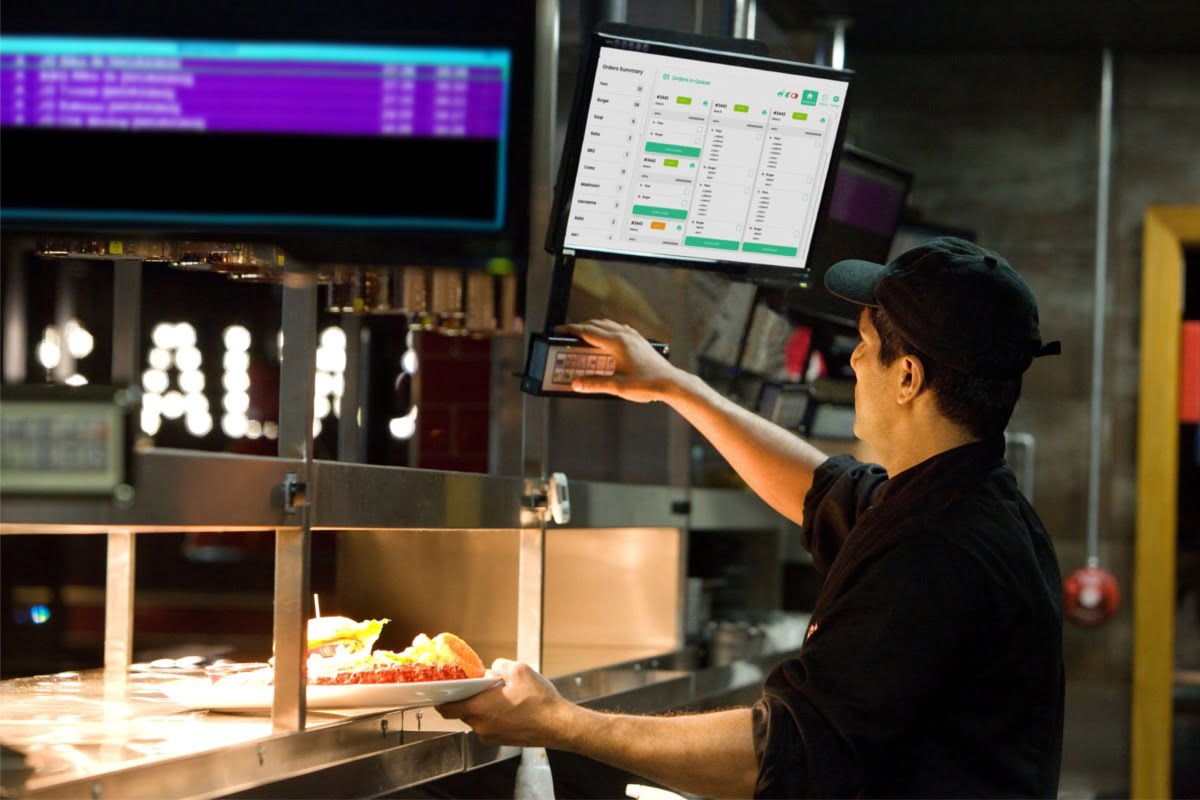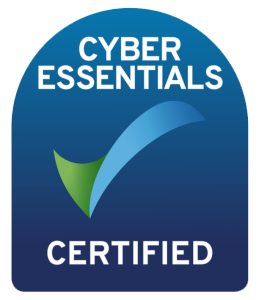
Is your bustling restaurant truly reaping the financial rewards it could? Could there be untapped profits, all while preserving that touch of personal service?
This article covers the essence of transforming a restaurant’s workflow, assessing a multi-channel approach, focusing on the importance of efficiency for both the staff’s performance and the overall dining experience. It suggests a proactive approach to improvement, promising positive outcomes such as smoother service and happier customers.
Common inefficiencies in restaurants include:
- Fluctuating customer demand, which can lead to supply management issues and inconsistent service quality.
- Staffing challenges and high employee turnover also significantly impact operational efficiency, as constant training and knowledge loss can disrupt service and affect customer experience.
- Lack of automation and inefficient inventory management can result in operational discrepancies and financial losses.
Addressing these inefficiencies is crucial for the smooth running and profitability of a restaurant.
In the dynamic world of dining, technology and personal service blend to enhance customer experience. Advanced reservation systems streamline seating, while tablets for ordering allow for swift service without losing the personal touch of a waiter’s recommendations. Kitchen display systems speed up food preparation, ensuring dishes are served hot and fresh. Importantly, technology frees staff from mundane tasks, enabling them to focus on providing attentive, personalized service that makes dining out a memorable event.
In the bustling world of hospitality, where every guest seeks a unique experience, the challenge of maintaining personal service while adopting a multi-channel ordering approach can seem daunting. Yet, it’s a challenge that can be met with creativity and strategic planning.
Embracing a multi-channel approach is essential in today’s digital landscape. It allows guests to interact with your business through various platforms, be it phone and in person, online 3rd party services, or social media platforms. This not only broadens your reach but also caters to the diverse preferences of your clientele.
However, the key to maintaining personal service lies in the integration of these channels with a touch of personalization.
Moreover, implementing a channel management system can streamline operations, ensuring that personal touches aren’t lost in the shuffle. A multi-channel ordering approach in the hospitality industry, when executed with a focus on personalization and integrated systems, can enhance the guest experience without sacrificing the personal touch that makes your service stand out. It can also extract more value from your business, without more stress.
It’s about finding the perfect blend of technology and human connection to create memorable experiences for every guest.
Automation in restaurants can significantly streamline operations, from front-of-house activities to back-end tasks. Implementing an integrated point of sale (POS) system can automate order taking, billing, and inventory management, ensuring accuracy and efficiency. Kitchen display systems (KDS) can optimize the communication between the waitstaff and kitchen, reducing order errors and preparation time. Additionally, reservation and table management software can enhance the customer experience by minimizing wait times and improving table turnover rates. These technologies not only improve operational flow but also allow staff to focus on providing exceptional service to customers.
Technology can significantly boost a restaurant’s revenue by enhancing the customer experience and streamlining operations. For instance, optimizing your restaurant’s website can attract more customers, as a majority of guests research online before dining out. Integrating an efficient online ordering system can add new revenue channels and cater to a broader customer base. Additionally, implementing a comprehensive restaurant management system can provide valuable insights into business performance, helping to make data-driven decisions that can improve profitability.
A quicker ordering process is not just a convenience; it is a necessity in today’s fast-paced world. Implementing technology that streamlines order taking can drastically reduce the time spent on administrative tasks. Point-of-sale systems and mobile ordering apps are examples of well-known tools that have been around a while, that can expedite the ordering process, allowing staff to devote more time to customer service, which is the heart of the hospitality experience.
When selecting a POS system for your restaurant, essential features to consider include a user-friendly interface for efficient staff training and order processing. Efficient order management to handle both walk-in and online orders seamlessly is crucial. Real-time menu updates and customization options will allow for flexibility in response to customer preferences and inventory changes. Additionally, look for systems that offer comprehensive reporting and analytics to help you make informed business decisions. Secure payment processing and customer loyalty programs are also important to enhance customer satisfaction and repeat business.
The cost of human error in the kitchen can be substantial. Incorrect orders due to miscommunication or manual entry mistakes can lead to wasted food, additional expenses, and, most importantly, dissatisfied customers. These errors can tarnish a restaurant’s reputation and impact its bottom line. By adopting an integrated ordering system, restaurants can minimize these risks, ensuring accuracy and consistency in customer orders.
Moreover, a streamlined ordering process can enhance the overall customer experience. When serving staff are more available to attend to guests’ needs, it fosters a welcoming atmosphere and can lead to increased customer loyalty. In addition, staff who are less burdened by administrative duties can provide a more personalized service, potentially leading to better tips and a happier work environment.
In conclusion, the hospitality industry must adapt to the changing demands of both customers and technology. By embracing systems that simplify the ordering process, restaurants can improve efficiency, reduce the likelihood of human error, and allow serving staff to focus on what truly matters—providing an exceptional dining experience for every customer. Technology also enables the business to extract more value from fixed costs, thereby leading to more profits. The investment in such technology is not just about cutting costs; it’s about enhancing the value of the service provided and securing a competitive edge in a challenging market.
For a detailed guide on enhancing restaurant efficiency, consider exploring strategies that optimizing technology use.
Talk to us if you’d like to hear about our TAPA Point of Sale solution.







